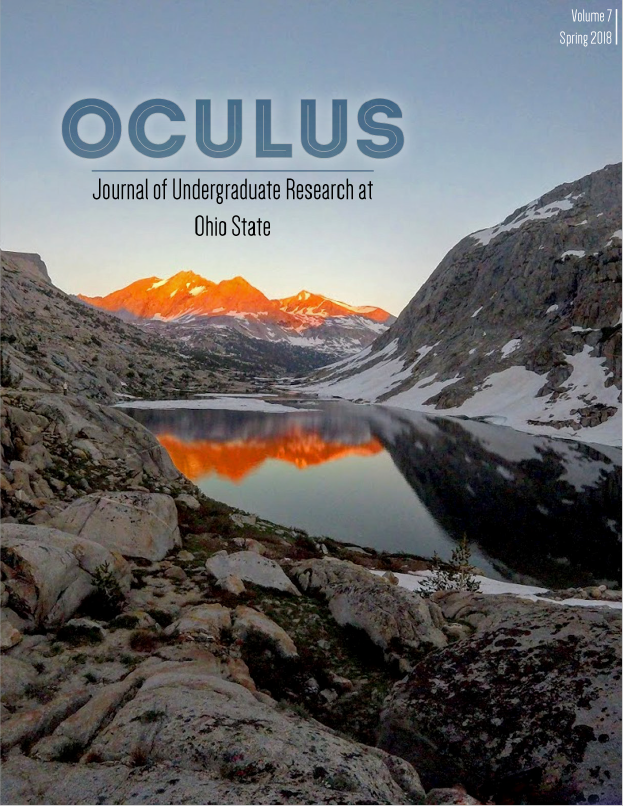Motion Sickness Interactions with Spine Disorders
Abstract
The world of low back movement quantification has been revolutionized through theinvention of the Clinical Lumbar Motion Monitor (cLMM) in the 1980s by Dr. W.S. Marras of the Spine Research Institute (SRI) at Ohio State. This wearable exoskeleton collects position, velocity, and acceleration data from a subject’s back in the sagittal, lateral, and twisting planes, in order to create a three-dimensional kinematic trunk “motion signature.” The cLMM is a validated tool capable of objectively measuring the functionality of the low back, including injury. Low back injury costs the Navy over $240 million, occurring in connection to motion sickness in 50-90% of aircrew, according to Sheard (1996) and Dobie (2000) from ‘Aviation, Space and Environmental Medicine’ and ‘The Naval Medical Information Management Center’, respectively. Some aircrew members, however, have a high resistance to motion sickness (MS), which is not well understood. The goal of this experiment is to collect motion signatures from eight subjects of the military population at Wright-Patterson Air Force Base, and compare these signatures between subjects. Following IRB consenting, subjects performed a pre-MS LMM screening, incurred MS-inducing stimulus in the Neuro-Otologic Test Center (NOTC) at a rate of 10 rpm for up to 30 minutes, and a post-MS LMM screening. Via comparison of the low tolerance group to the high tolerance group, objective data regarding the changes in an individual’s motion signatures following motion sickness exposure can be obtained. In further studies, a database comprised of military members with healthy low back motion signatures who are prone to motion sickness and those who are not, could be developed. These data could then be used to predict which individuals are at risk of motion sickness. By analyzing the differences between the at-risk versus high threshold groups, training protocols could be developed to teach aircrew how to not only mitigate motion sickness, but also low back disorders.
Downloads
Published
2018-08-14
Issue
Section
Abstracts
License
Copyright (c) 2018 The Journal of Undergraduate Research at Ohio State


